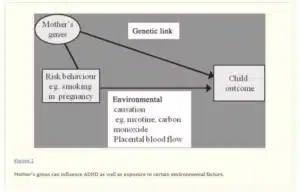Read white paper here about Radiotherapy using IMRT boosts after hyperbaric oxygen therapy with chemotherapy for glioblastoma
Abstract
The purpose of this study was to evaluate the feasibility and efficacy of radiotherapy (RT) using intensity modulated radiotherapy (IMRT) boosts after hyperbaric oxygen (HBO) therapy with chemotherapy in patients with glioblastoma. Twenty-four patients with glioblastoma were treated with the combined therapy, which was RT using IMRT boosts after HBO with chemotherapy, and were retrospectively analyzed. The RT protocol was as follows: first, 3D conformal RT [40 Gy/20 fractions (fr)] was delivered to the gross tumor volume (GTV) and the surrounding edema, including an additional 1.5–2.0 cm. The IMRT boost doses were then continuously delivered to the GTV plus 5 mm (28 Gy/8 fr) and the surrounding edema (16 Gy/8 fr). Each IMRT boost session was performed immediately after HBO to achieve radiosensitization. The planned RT dose was completed in all patients, while HBO therapy was terminated in one patient (4%) due to Grade 2 aural pain. The toxicities were mild, no non-hematological toxicity of Grade 3–5 was observed. The 2-year overall survival (OS) and progression-free survival rates in all patients were 46.5% and 35.4%, respectively. The median OS time was 22.1 months.
Conclusion
In conclusion, the combined therapy of RT using IMRT boosts after HBO with chemotherapy was a feasible and promising treatment modality for patients with glioblastoma. The results justify further evaluation to clarify the benefits of this therapy.
the combination of radiotherapy using Intensity-Modulated Radiation Therapy (IMRT), hyperbaric oxygen therapy (HBOT), and chemotherapy represents a promising multimodal approach for glioblastoma treatment. This synergy harnesses IMRT’s precise targeting, HBOT’s oxygenation enhancement, and chemotherapy’s systemic effect to improve outcomes in glioblastoma patients. While this approach shows potential, extensive clinical trials are necessary to confirm its safety and long-term effectiveness. The findings underscore the importance of exploring innovative therapeutic strategies to combat this aggressive brain cancer, offering hope for improved survival and quality of life for those affected by glioblastoma.




